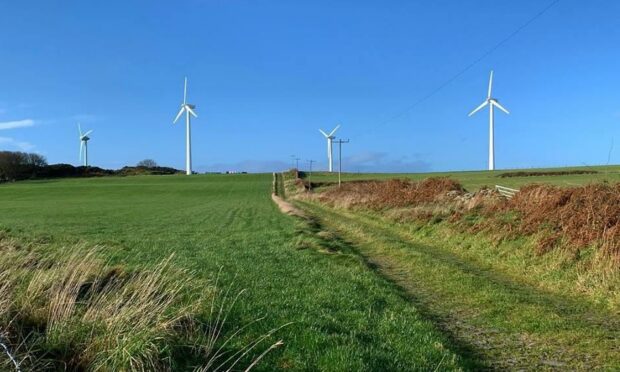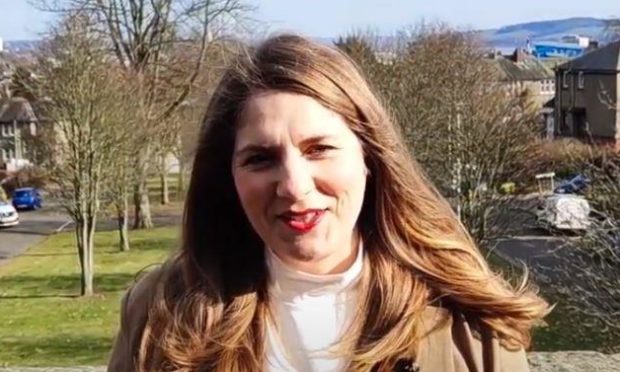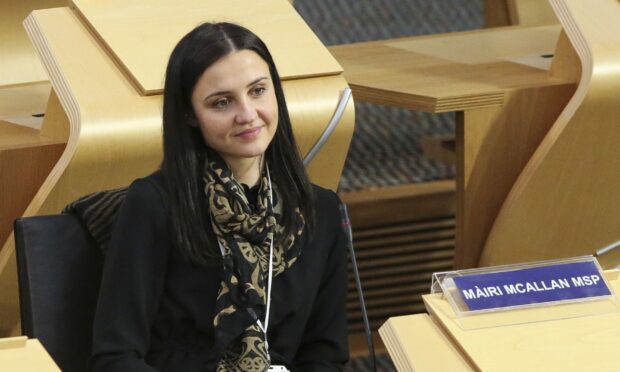Rural communities in Scotland could be given the right to take over land from super rich owners under new legislation proposed by a North East MSP.
Mercedes Villalba will later this year launch a public consultation on a ‘Land Justice’ Bill she intends to lodge at Holyrood.
The Labour MSP, who is the party’s environment spokeswoman, wants to set a legal cap on the number of acres of Scottish land that can be held by any single owner.
Ms Villalba intends to launch her consultation before the Autumn.
The Scottish Government has pledged to introduce its own Land Reform Bill, which is expected to follow some of the same themes, by the end of this parliament.
Countryside ownership overhaul
Under Ms Villalba’s proposed overhaul of the way Scotland’s countryside is owned and managed, publicly-owned community trusts and co-operatives would have the option of taking over land.
Her consultation will examine the potential scale of the cap, with options starting from 1,500 acres – equal to approximately 750 football pitches.
Crofters, the vast majority of farmers, allotment holders, and other small scale land-owners would be exempt from any proposed legislation.
Ms Villalba said: “One of the greatest symbols of inequality in Scotland is that of having such a huge concentration of land in the hands of a small number of very wealthy individuals.
“It’s indefensible that the SNP Government has left this archaic arrangement untouched during its 15 years in power.
“Even now ministers are only making vague promises about greater transparency on a public right to know who owns the land.
“This will do nothing to tackle the centuries old entrenched inequality of land ownership in Scotland.
“It’s high time that the Scottish Parliament embraced meaningful and substantial reform by passing a Land Justice Bill.
“Allowing community representatives and co-operatives to manage land for the benefit of everyone would be a timely and modernising reform.”
Public interest test
According to Ms Villalba, proposals for the cap to be at a level of 1,500 or 2,000 acres mean around 3% of all of Scotland’s land holdings would be affected.
Individuals would only be authorised to purchase a greater area of land in circumstances where it can be shown to be in the public interest, and even then only after consultation and consideration by a regulator.
Existing land holdings considered not to be working in the public interest would be subject to an investigation by a regulator.
This could see areas broken up for wider ownership, with community trusts and co-operatives given a pre-emptive right to buy where this is consistent with the European Convention of Human Rights’ protection of property owners’ rights.
Nicola Sturgeon’s programme for government last September included a commitment to “develop and take forward a new Land Reform Bill, with measures to address the concentration of land ownership in Scotland, including a public interest test”.
It could ultimately lead to deals being blocked or becoming subject to strict conditions.
Land Reform Minister Mairi McAllan told MSPs at the time she believes there is an “immediate window of opportunity to take action to ensure that increasing levels of natural capital value are harnessed in a way that benefits communities”.
She also confirmed that the Scottish Land Commission is taking forward a “package of work in this area as a matter of priority”.
The Scottish Government launched a new public register of land ownership earlier this month to allow greater transparency of who has an interest in Scotland’s land.


